
Pluto

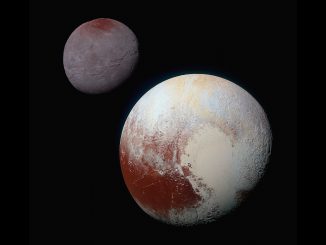
A new perspective on how Pluto’s “icy heart” came to be
Pluto’s “icy heart” is a bright, two-lobed feature on its surface that was discovered by NASA’s New Horizons team in 2015. The heart’s western lobe, informally named Sputnik Planitia, is a deep basin generally thought to have been created by a smaller body striking Pluto at extremely high speed, but a new study suggests a different origin.
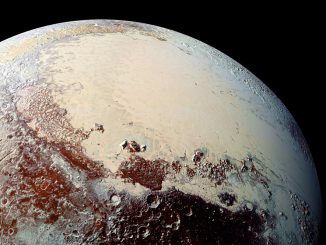
New analysis supports subsurface ocean on Pluto
A liquid ocean lying deep beneath Pluto’s frozen surface is the best explanation for features revealed by NASA’s New Horizons spacecraft, according to a new analysis. The idea that Pluto has a subsurface ocean is not new, but the study provides the most detailed investigation yet of its likely role in the evolution of key features such as the vast, low-lying plain known as Sputnik Planitia (formerly Sputnik Planum).

Saturn’s moon Dione harbours a subsurface ocean
A subsurface ocean lies deep within Saturn’s moon Dione, according to new data from the Cassini mission. Two other moons of Saturn, Titan and Enceladus, are already known to hide global oceans beneath their icy crusts. Researchers believe that Dione’s crust floats on an ocean several tens of kilometres deep located 100 kilometres below the surface.

Shedding light on Pluto’s glaciers
What is the origin of the large heart-shaped nitrogen glacier on Pluto revealed by NASA’s New Horizons spacecraft in 2015? Two French researchers show that Pluto’s peculiar insolation and atmosphere favour nitrogen condensation near the equator, in the lower altitude regions, leading to an accumulation of ice at the bottom of Sputnik Planum, a vast topographic basin.
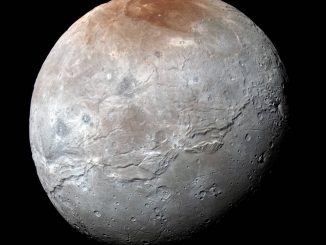
Pluto ‘paints’ its largest moon red
In June 2015, when the cameras on NASA’s approaching New Horizons spacecraft first spotted the large reddish polar region on Pluto’s largest moon, Charon, mission scientists knew two things: they’d never seen anything like it elsewhere in our Solar System, and they couldn’t wait to get the story behind it.
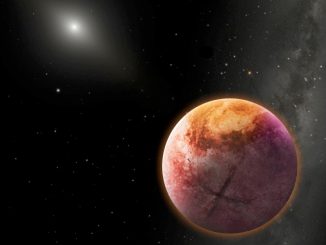
Hunt for Planet 9 reveals extremely distant solar system objects
In the race to discover a proposed ninth planet in our solar system, astronomers are conducting the largest, deepest survey for objects beyond Neptune and the Kuiper Belt. Nearly 10 percent of the sky has been explored to date using some of the largest and most advanced telescopes, revealing several never-before-seen objects at extreme distances from the Sun.

SOHO sees bright sungrazer comet
ESA and NASA’s Solar and Heliospheric Observatory, or SOHO, saw a bright comet plunge toward the Sun on 3-4 August 2016, at nearly 1.3 million miles per hour. The comet, first spotted by SOHO on 1 August, is part of the Kreutz family of comets, a group with related orbits that broke off of a huge comet several centuries ago.

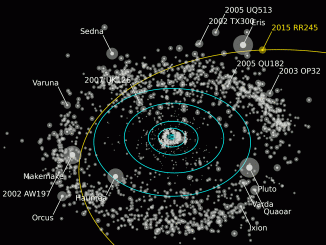
New distant dwarf planet found beyond Neptune
An international team of astronomers have discovered a new dwarf planet orbiting beyond Neptune. The object is roughly 435 miles in size, moving in a 700-year orbit that takes it more than 120 times further from the Sun than Earth. Designated 2015 RR245, it was found using the Canada-France-Hawaii Telescope on Maunakea, Hawaii.
